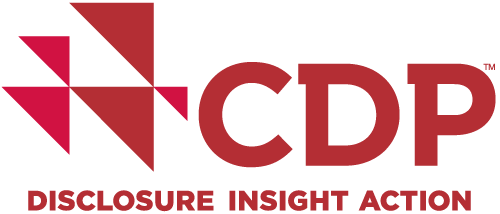Cities have a critical role to play in cutting greenhouse gas (GHG) emissions to limit global warming to 1.5°C above pre-industrial levels and to avoid catastrophic climate change.
Before a city can take action, it needs to understand the emissions generated by different activities within its geographic area (also known as ‘community-wide’ or ’city-wide’ emissions). To do this, cities must develop a robust GHG inventory (GHGI) that will help them establish a baseline, set reduction targets and prioritise climate actions; and then track progress. Building a GHGI using real-world local data remains best practice, but for cities that are struggling to collect their own data, there are emissions tools and datasets available.
Find a GHG emissions data tool for your city
City climate journey stage:
![]() Establishing an emissions baseline
Establishing an emissions baseline ![]() Identifying specific sources of emissions
Identifying specific sources of emissions ![]() Tracking progress overtime
Tracking progress overtime
How to use the greenhouse gas inventory guide
This guide provides an overview of GHG emissions-monitoring tools and data sets that enable cities around the world to access emissions data to help build their inventories; and best practice recommendations on how and when to use them. Cities can use these tools to get started or progress their transition to a 1.5°C trajectory until they have the capacity to collect local emissions data themselves.
Where is your city on the climate journey?
There are many stages on a city’s climate action journey, from assessing its environmental impact and setting targets, to planning and acting. Creating a GHGI usually takes place in the initial assessment stage, but even within that phase cities may be at different levels of maturity and so some tools and datasets may be more useful than others.
- Stage 1: Establishing an emissions baseline
- Stage 2: Identifying specific sources of emissions
- Stage 3: Tracking progress over time
